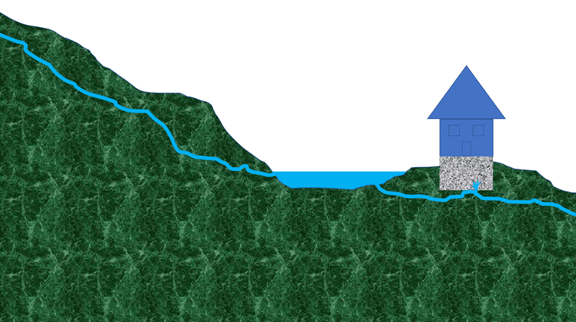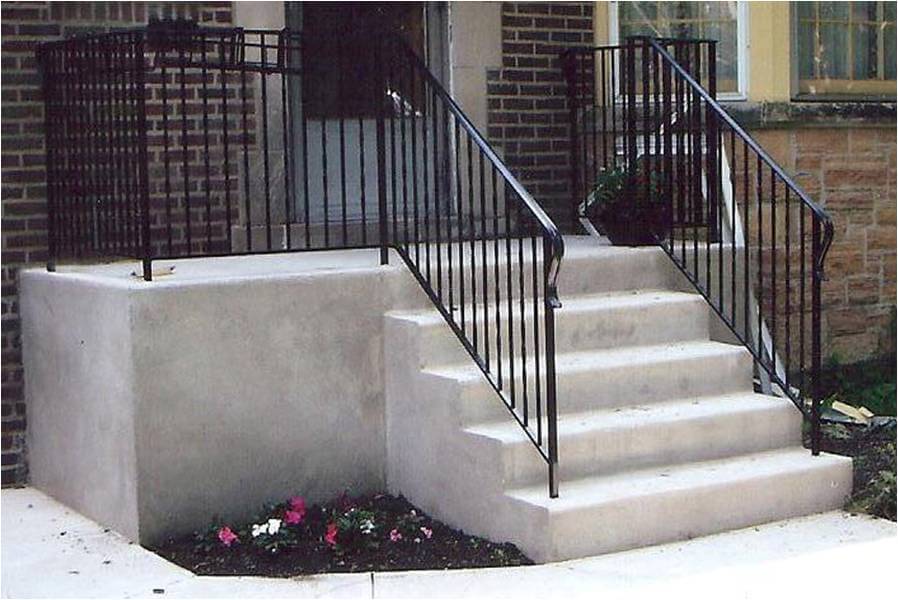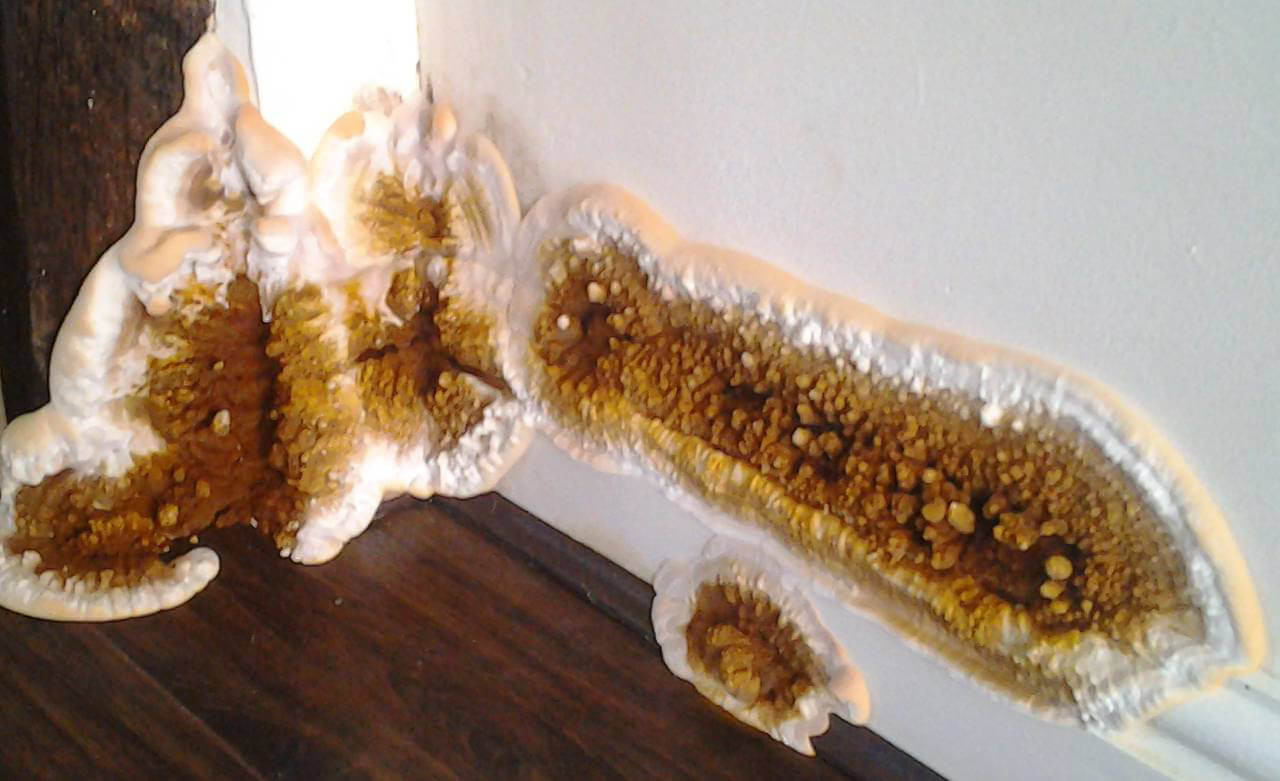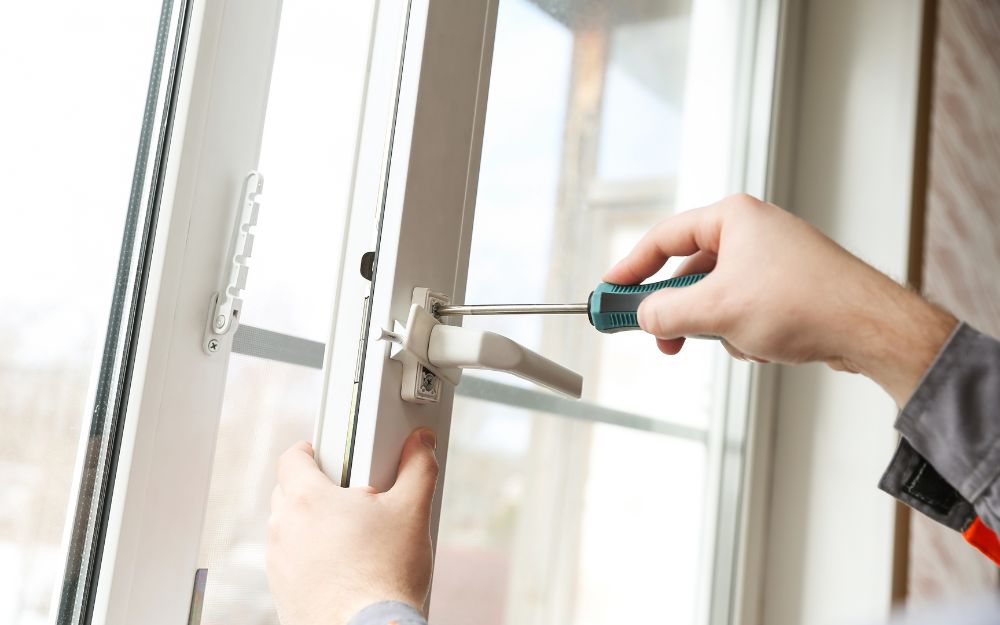As all of us can see by surveying the countless streets that crisscross the province,…

5 common sources of water infiltration in a basement or crawl space
Did you know that according to the Insurance Bureau of Canada, approximately 40% of all claims are related to water damage? In Quebec alone, this represents more than 600 million dollars in damages! A simple way to minimize damage from water infiltration is to be constantly vigilant. Stay tuned as we present 5 common sources for water infiltration in your basement or crawl space.
Baement water infiltration problem?
Don’t just clean it up: Fix the problem once and
for all with advices from of our home inspectors
1. GUTTER SYSTEM PROBLEMS
One of the most common sources of water in a basement or crawl space is poor stormwater management. Debris from surrounding trees and vegetation can easily overwhelm and clog gutters and downspouts, causing them to pool and overflow. Make sure your gutter system is well maintained so that water can flow freely through it.
2. NEGATIVE SLOPE AROUND THE HOUSE
The slope around the foundation should be designed to direct water away from the house and not toward the foundation. A negative slope is a common problem observed in both new construction and older homes.
3. FAULTY WINDOW WELLS OR VENTILATION SHAFTS
Wells around ventilation openings and windows may not be installed properly. Ensure that the ground level is at least 6 inches below the opening and that the coping is securely fastened to the foundation wall. The well must be able to drain properly.
4. CRACKS IN THE FOUNDATION
Cracks sometimes develop in the foundation over time. Cracks are an easy path for water to find. To prevent water from entering through these cracks, they should be repaired by a specialized contractor.
5. LEAKING PLUMBING PIPES
This is sometimes the easiest source of water to diagnose, unless the leak is under the slab, of course. When water is observed in the basement or crawl space, always check above and around the standing water for signs of a leaking distribution or drain pipe. Bathtub and shower drains are common culprits.
Of course, there are many ways for water to seep into our basements and crawl spaces and the list of possible sources is far from limited to the five listed above. Just think of surface or ground water, under-slab condensate or humidifier discharge, a poorly designed on-site shower, a high water table, an outdated or poorly designed foundation waterproofing or drainage system, a non-functioning sump pump, over-watering of landscaping, pressure from a vein of water on the side of a mountain – even if the surface slope appears positive and so on.
Keep these sources in mind and look for them during heavy rainfall or snowmelt. Double the vigilance can save you a lot of headaches…

Basement water infiltration problem?
Don’t just clean it up: Fix the problem once and
for all with advices from of our home inspectors


